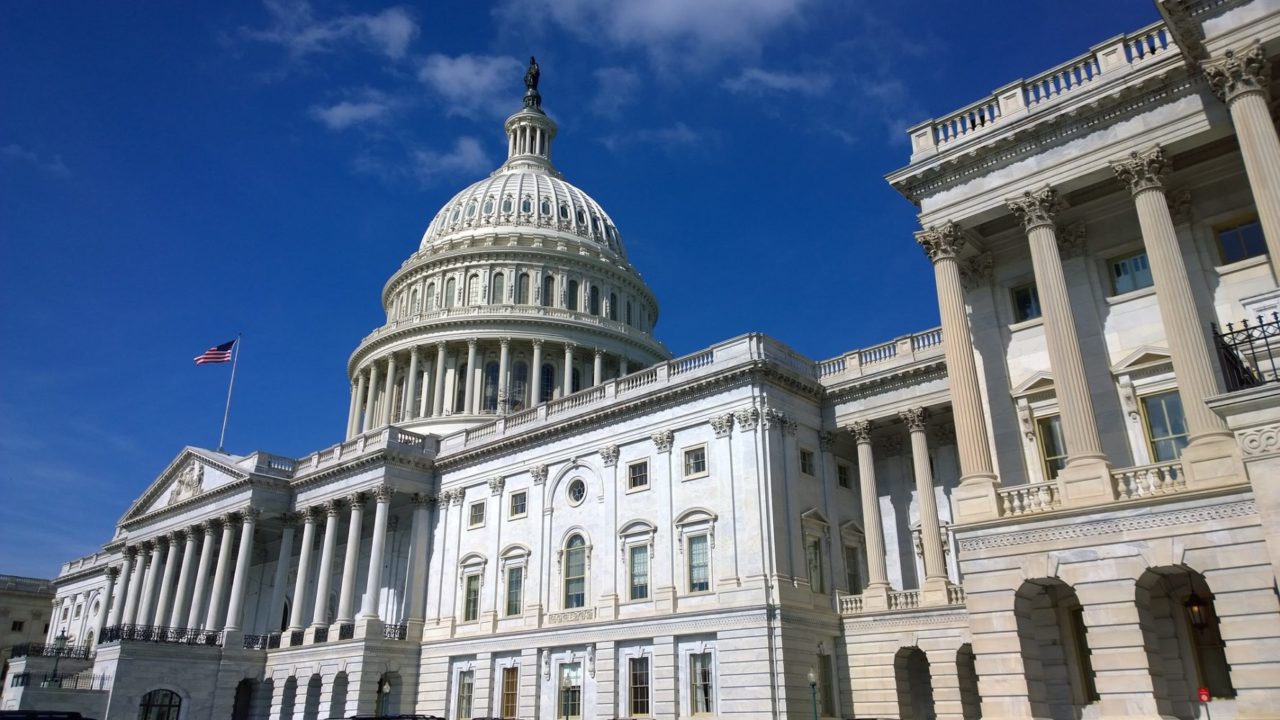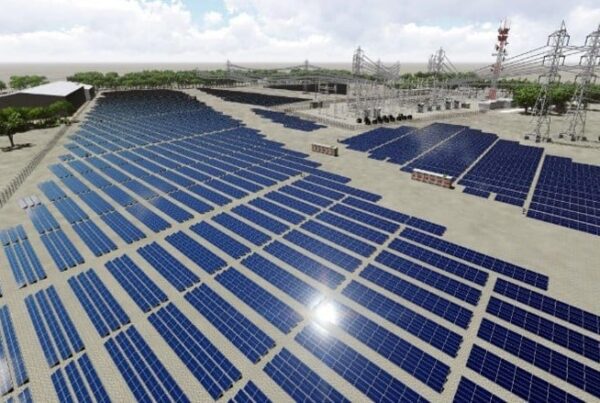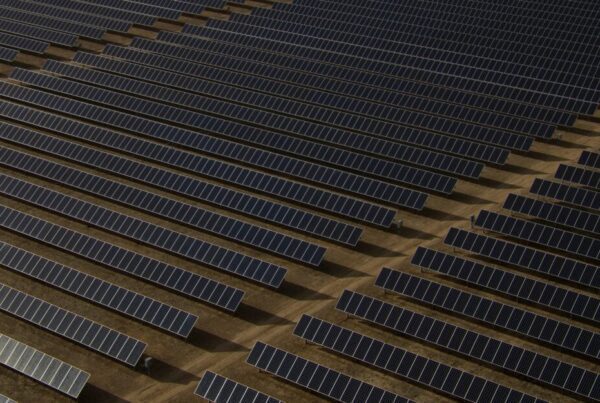
However, the firm said the removal of tariffs for a range of solar cell and module manufacturing equipment and clarification from the Treasury on its guidance for Domestic Content tax adders under the Inflation Reduction Act (IRA) could simultaneously make it cheaper to set up US manufacturing facilities and make the domestic content bonus easier to access for project developers.
AD/CVD
The most consequential of the recent moves could end up being the AD/CVD investigation, launched last month by a coalition of US-based solar manufacturers including First Solar and Qcells. The petition seeks to apply duties to solar cell imports from Vietnam, Thailand, Malaysia and Cambodia.
At the time of the petition, CEA forecast that any resulting tariffs could cause a solar cell supply “bottleneck” for the US.
Earlier this month the Department of Commerce (DOC) announced that the petitioners adequately represent the US solar manufacturing industry and it was launching an initial investigation. Though this move in itself has no direct or legal effect, CEA said that it has already caused ripples in the industry.
It said: “Even the threat of this AD/CVD investigation is causing prices to increase, contracts to be re-negotiated and is delaying procurement decisions. Project timelines are also being pushed back, particularly for projects with construction planned in 2025.”
The investigation now hinges on the International Trade Commission (ITC) determination—due on 10 June – of whether cell imports from Southeast Asia have caused “injury” to the US manufacturing industry. If their finding is negative, the investigation will stop; if it is positive, the landscape of solar supply to the US could ultimately shift. Over 80% of US solar imports come from Southeast Asia.
The severity of the impact of the bifacial module tariff exemptions, which Bidenlifted last month, hinges on AD/CVD, too.
CEA said it initially expected the 14.25% tariff to have a “limited impact” on module prices as around half of the tariff cost would be absorbed by suppliers. However, it said the bifacial tariff would add on top of a potential antidumping duty in the case of a positive AD/CVD finding. This would create a “significant disadvantage” for Southeast Asian cells and modules in the US market.
Domestic content
The domestic content tax adder – which adds a 10% bonus on top of the IRA’s 30% base-level Investment Tax Credit – has become more attainable for developers following the Treasury’s clarified guidance, CEA said. It provides a list of Manufactured Products and Manufactured Product Components and their relative values, which helps to break down the 40% “US-made” component cost required to qualify for the bonus.
However, CEA pointed out that, “Even for those solar projects utilising trackers with a high portion of domestic content, most projects will still need a domestic cell or a First Solar module to qualify, and these are in limited supply.”
US domestic cell capacity announcements are far fewer in number than modules, and the cell contributes the largest proportion of the cost to a solar module. Given the fact that the domestic content bonus is cost-based, it is no simple feat for the average project to obtain it.
As a producer of cadmium-telluride (CdTe) thin-film modules, First Solar is one of the only large-scale manufacturers able to consistently guarantee that its products are “US-made” as per the tax bonus’s definition. It does not rely on silicon solar components, which are overwhelmingly produced in Southeast Asia and China and overwhelmingly imported from outside the US.
CEA said that it expects the number of projects qualifying for the domestic content bonus to rise from 2026 onwards, but that numbers will still be limited.
Wafers are still absent
Earlier this year, the Solar Energy Manufacturers for America (SEMA) coalition released a statement calling on the government to include the upstream portions of solar suppy – wafers, ingots and polysilicon, specifically – in its domestic content calculations as part of calls for “aggressive” action to onshore US solar supply.
As it stands, the domestic content adder does little to incentivise the upstream portions of US solar supply, particularly wafers, and SEMA said it “allows a largely Chinese-made solar panel to count as “US-made” with only minimal US processing and assembly.”
The coalition argues that a robust domestic content bonus could incentivise US manufacturing capacity across the supply chain and, by logical extension, mitigate some of the supply issues, price hikes, and subsequent energy insecurity threatened by the AD/CVD and bifacial import tariffs.
But it is not that simple, as explored in a PV Tech Premium feature last week, which examined the challenges and market realities of bringing wafer and polysilicon production to the US.
Section 301 tariffs on China
The last ruling examined by CEA was Biden’s decision to double the import tariffs on Chinese solar cells to 50% under Section 301 of the Trade Act, 1974.
This, as confirmed by CEA, was “largely performative, as the United States imports around 1% of its solar cells and modules from China”. Pre-existing AD/CVD rulings have limited Chinese solar imports to the US for a decade, and are part of the reason that Chinese-owned manufacturers have relocated to the four Southeast Asian countries currently subject to the current AD/CVD investigations.





